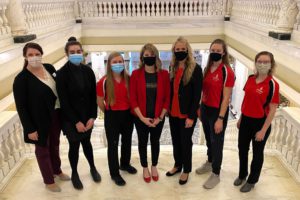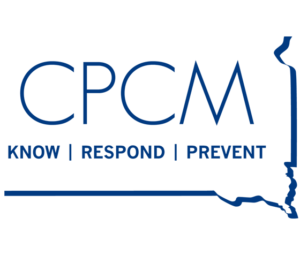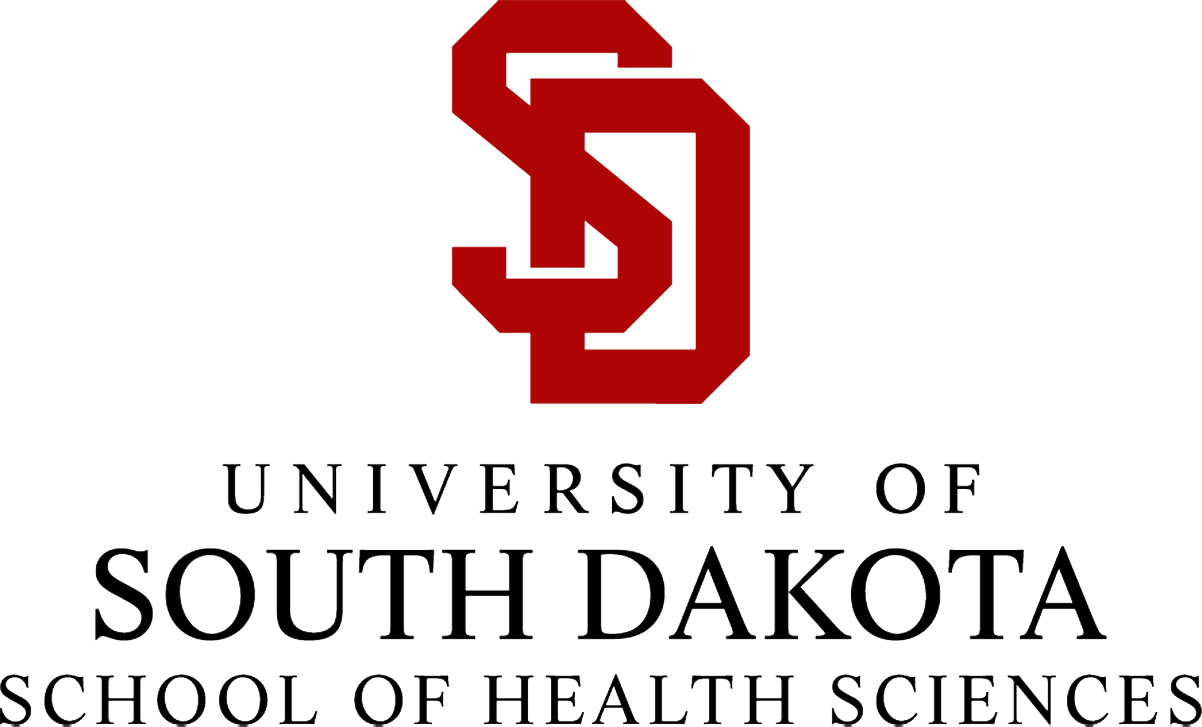Hygienists Added as Mandatory Reporters
A group of South Dakota professionals are required to report suspected cases of child abuse and neglect. Dental Hygienists will soon be added to that list.
House Bill 1132 was signed into law by Gov. Kristi Noem following the 2021 Legislative Session and its language will be added to existing law in July.
CPCM Director Carrie Sanderson said she is happy to add this important group of professionals to those required to report abuse and neglect.
“Dental hygienists visit with patients, get to know them and are able to sound the alarm if they suspect a child is experiencing harm,” Sanderson said. “Building a lifeline of child advocacy partners in the medical profession is crucial to preventing further harm to the children of South Dakota.”
Sanderson worked with the bill’s prime sponsor, Rep. Erin Healy, D-Sioux Falls, and spoke in favor of the bill when it was being considered by lawmakers.
“CPCM is proud of South Dakota’s efforts to strengthen the framework of protective factors that increase efforts to keep kids safe,” Sanderson said. “We are grateful for lawmaker support to include this important group in the state law mandating reporting of child abuse and neglect.”
South Dakota also allows permissive reporters meaning anyone can report abuse and neglect no matter what their occupation. The mandatory reporter statute requires certain professionals to report. Dental hygienists will join that list, which includes doctors, nurses, chiropractors, dentists, optometrists, emergency medical technicians and paramedics, mental health professionals, podiatrists, psychologists, religious healing practitioners, social workers, hospital interns and residents, parole officers, court services officers, law enforcement officers, teachers, school counselors and officials, employees or volunteers of a child advocacy or child welfare service provider, licensed and registered child welfare providers, employees and volunteers of domestic abuse shelters, any safety-sensitive person, chemical dependency counselors and coroners.
“We are truly humbled to partner with the Center for the Prevention of Child Maltreatment and do our part to help the children of South Dakota,” said Carissa Regnerus, MA, RDH, President of the South Dakota Dental Hygienists’ Association and an Associate Professor of Dental Hygiene at the University of South Dakota. “Often dental hygienists are able to establish relationships during routine six-month visits which enables them to be able to recognize changes in their patients’ behaviors and health and follow up on them.”
Dental hygienists spend a significant amount of time inspecting the head, face, neck, and mouth of their patients, Regnerus said. Research shows 65-75% of physical abuse occurs in these areas of the body. Adults who abuse children often move from one medical clinic to another, Regnerus stated, but they don’t always think to change dental providers.
Previously dentists were the only member of the dental team mandated to report abuse. Hygienists would report suspected cases, but the dentist could choose whether to report, Regnerus said. More hygienists now practice in alternative settings such as schools and under collaborative supervision. This means a dentist is not always available. Steps are being taken during dental training to make sure hygienists are ready for this responsibility.
“South Dakota dental hygienists are poised to recognize signs of abuse and neglect through their rigorous work in courses such as anatomy, oral pathology, and nutrition as well as through PANDA (Prevent Abuse and Neglect through Dental Awareness) training,” Regnerus said. “Upon completion of the Department of Social Services Mandatory Reporter Training, dental hygienists will be even better prepared to report suspected cases of abuse and neglect.”
If you suspect a case of child abuse or neglect the number to report from 8 a.m. to 5 p.m. Monday through Friday is 1.877.244.0864. If reporting after normal business hours, please contact local law enforcement. The Division of Child Protection Services of the Department of Social Services receives close to 15,000 reports of child abuse and neglect per year. About 1,500 of those are substantiated. Reporting suspected abuse is one step to preventing child harm, Sanderson said.
Visit sdcpcm.com for a full guide to reporting abuse and neglect as well as information on preventing child abuse and neglect.

CPCM Director Carrie Sanderson, CPCM Intern Delaney Jayne, (Master of Social Work student), Kelsey Phelps (senior Dental Hygiene student), Tasha Wendel (South Dakota Dental Hygienist Association President Elect), Carissa Regnerus (SDDHA President), Mallory Hatzell (senior Dental Hygiene student) and Paige Hurlburt (senior Dental Hygiene student) supported the passage of House Bill 1132 while it was being debated in the Legislature, The measure will add dental hygienists to a list of professionals, including dentists, who are mandated to report cases of child abuse and neglect.

